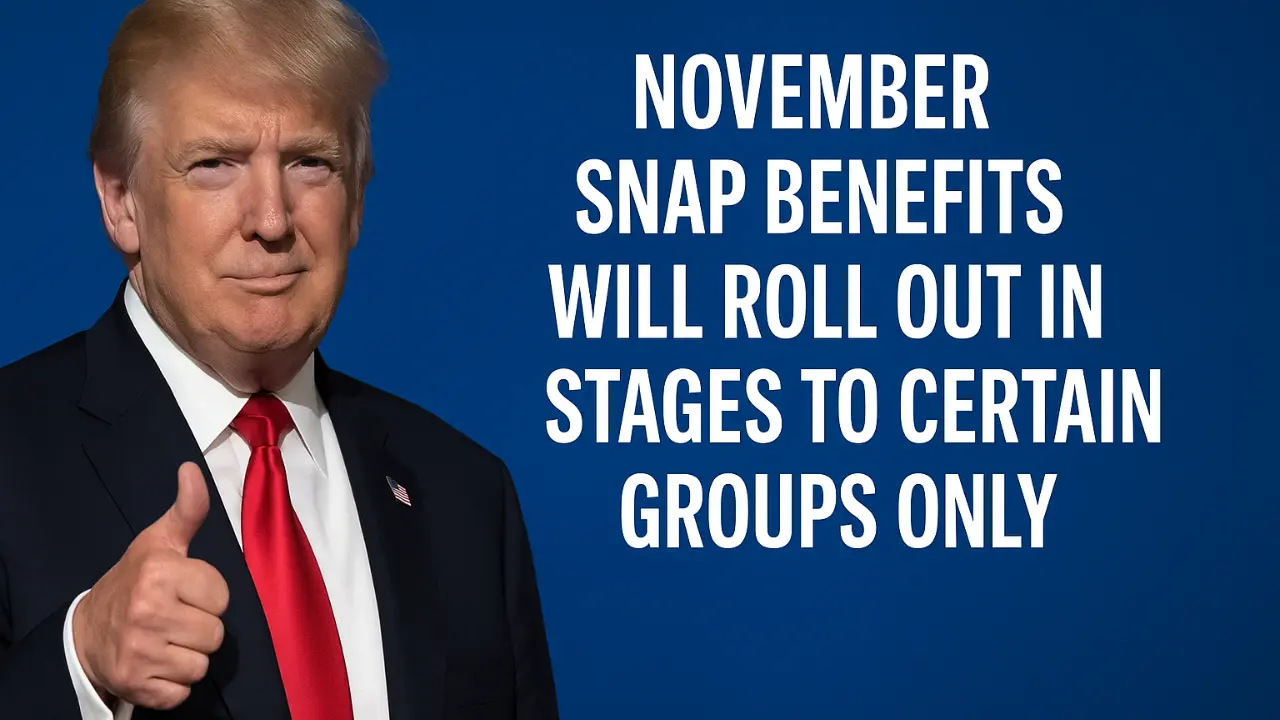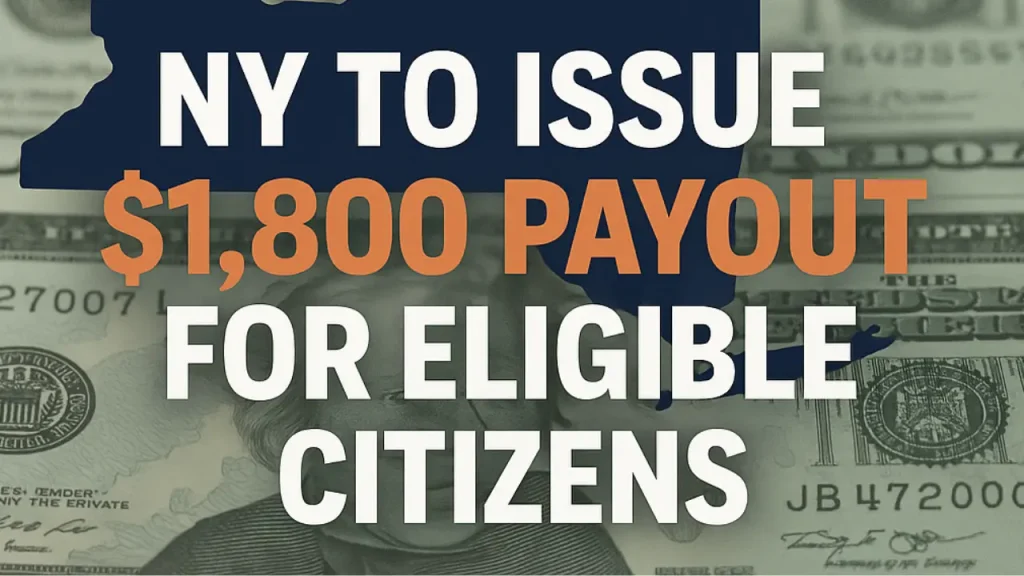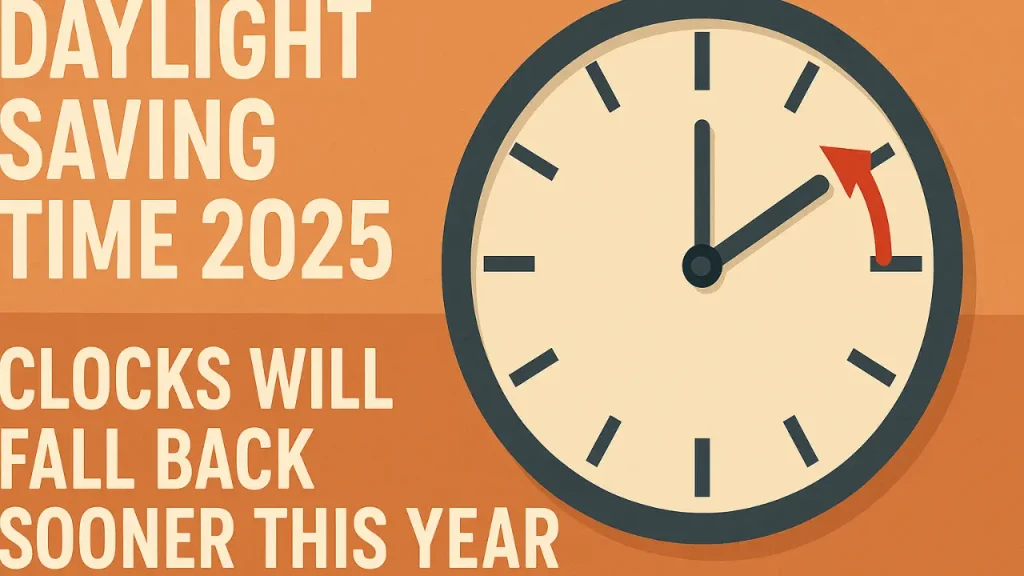Millions of Americans rely on the Supplemental Nutrition Assistance Program (SNAP) to afford basic groceries each month. But this November, the rollout of benefits will not be uniform for everyone. States are preparing to distribute SNAP benefits in stages, prioritizing certain vulnerable groups — such as seniors, people with disabilities, and families with children — while delaying or suspending payments for others, particularly able-bodied adults without dependents (ABAWDs).
The move marks a new phase in how federal nutrition aid is managed and reflects broader changes in the nation’s approach to food assistance, work requirements, and budget allocations.
Understanding SNAP and Its Importance
SNAP is the largest federal nutrition aid program in the United States, serving over 40 million individuals monthly. It provides electronic benefit transfer (EBT) cards that recipients use to purchase food at authorized retailers. Administered by the U.S. Department of Agriculture (USDA) and implemented by individual states, SNAP plays a crucial role in fighting hunger and reducing poverty.
Over the past few years, inflation, higher food prices, and economic uncertainty have heightened dependence on the program. As costs for essentials like milk, bread, and produce have risen by nearly 25% since 2020, SNAP benefits have become a lifeline for low-income families, seniors on fixed incomes, and disabled individuals.
What’s Changing in November 2025
This November, many states — beginning with Louisiana — will implement a staged distribution schedule for SNAP benefits. Instead of loading all benefits on the same day, payments will be issued in phases to select groups.
Under the new approach:
-
Seniors, disabled individuals, and families with children will receive benefits first.
-
Able-bodied adults without dependents (ABAWDs) may see delays or suspensions in their payments.
-
The phased rollout aligns with the reinstatement of the 80-hour monthly work and training requirement for ABAWDs, effective November 1, 2025.
The USDA’s decision to fully reinstate the rule marks the end of a pandemic-era exemption that allowed many adults without dependents to continue receiving benefits without fulfilling the work requirement.
Breakdown of the New Work Requirement
| Category | Requirement |
|---|---|
| Age group | 18 to 64 (able-bodied, no dependents) |
| Minimum work/training hours | 80 hours per month |
| Time limit if not compliant | 3 months of SNAP in 36 months |
| Rule enforcement begins | November 1, 2025 |
| Exemptions include | Pregnant persons, veterans, caregivers, students, medically unfit individuals |
The USDA has emphasized that this is not a new policy, but rather a return to the long-standing federal statute governing ABAWD eligibility. During the pandemic, states were allowed to waive these requirements due to economic instability and widespread unemployment. Now, as labor markets stabilize, the federal government is reimposing the standards nationwide.
Who Will Receive Benefits First
States implementing the phased approach will prioritize SNAP payments for groups considered the most vulnerable. The early beneficiaries in November include:
-
Senior citizens: Individuals aged 60 and above are among the first to receive payments.
-
People with disabilities: Households with members who have certified disabilities will receive benefits early.
-
Families with children: Households with children under 18 will also be prioritized.
These groups represent populations that are typically less able to meet new work or training thresholds and have the greatest risk of food insecurity if payments are delayed.
Who Will Experience Delays
The largest group impacted by this change are able-bodied adults without dependents (ABAWDs). These individuals make up a significant portion of SNAP’s adult population, but under the new rules, they must demonstrate employment or training compliance before continuing to receive benefits.
In Louisiana alone, about 53,000 ABAWDs will not receive SNAP benefits on November 1 due to pending compliance verification. Some may regain eligibility later in the month once documentation is completed, while others risk temporary suspension.
Exemptions and Exceptions
Not all childless adults will lose benefits. The USDA allows exemptions for certain individuals, including:
-
Pregnant women
-
Primary caregivers of dependents
-
Veterans and homeless individuals
-
People medically certified as unfit for work
-
Students in approved training or education programs
Recipients in these categories are encouraged to update their records with their local SNAP office to avoid interruptions.
State-Level Implementation and Funding Adjustments
Louisiana has become the most visible example of the November rollout strategy. Facing budget constraints, the Louisiana Department of Health allocated between $140 million and $150 million to maintain SNAP payments for the most vulnerable groups.
This emergency reallocation allows the state to continue providing benefits even amid administrative and funding challenges. However, it has also drawn attention to how states manage SNAP budgets during transitions or federal policy shifts.
Other states, such as Delaware, Michigan, and Kansas, are preparing similar phased distributions or tightening work requirement enforcement starting in November.
Administrative and Funding Context
Although SNAP benefits are federally funded as a mandatory entitlement program, the administrative costs of running the program — including staffing, systems, and outreach — depend heavily on state budgets.
States have faced rising administrative expenses as they update eligibility systems and track compliance with new federal work requirements. The phased rollout is intended to ease the administrative burden, ensuring that states can focus on verifying eligibility for high-need populations first before processing all recipients.
How the New Rollout Works
Each state has its own SNAP issuance schedule based on the last digits of Social Security numbers, case numbers, or names. Under the phased rollout, states will modify these schedules slightly:
| Group | Estimated Payment Window (Example: Louisiana) |
|---|---|
| Elderly & disabled households | November 1–4 |
| Households with children | November 5–8 |
| ABAWDs meeting 80-hour rule | November 15–20 |
| Non-compliant ABAWDs | Delayed or suspended |
These schedules vary by state, but the general pattern is similar: vulnerable groups first, followed by working-age adults who meet eligibility conditions.
Impact on Recipients
For most recipients, the change will not reduce total benefit amounts, only alter when they receive them. However, for others, particularly ABAWDs not meeting new requirements, the impact could be more severe — including temporary loss of benefits.
Households relying solely on SNAP for groceries may experience significant stress if their benefits are delayed. Many food banks across the country have already reported preparing for higher demand in early November, anticipating gaps caused by the staggered distribution.
Administrative Burden and Communication Challenges
State SNAP offices now face the dual challenge of:
-
Implementing a new staged payment calendar, and
-
Enforcing the reinstated federal work rules.
This increases workload significantly. States must track monthly employment or training hours, document exemptions, and send notices before terminating benefits.
Recipients are being advised to:
-
Ensure contact details are current in their state’s SNAP database.
-
Check eligibility category and benefit timing.
-
Report work, training, or volunteer hours promptly.
-
Contact their local office if they believe they qualify for an exemption.
Real-World Effects: Stories and Statistics
Across the nation, recipients have expressed confusion and concern. Some fear that delays could leave them without food for days or weeks. Others worry about meeting work-hour thresholds when job schedules are irregular or transportation is limited.
Food insecurity statistics already highlight the stakes. According to 2024 data:
-
Over 12.8% of U.S. households experienced food insecurity at least once during the year.
-
Among SNAP recipients, that number rises to 36% when benefits are delayed or reduced.
-
Food banks nationwide report an average 15% increase in demand each time SNAP policy changes.
As November approaches, advocates warn that interruptions, even temporary, could widen food insecurity gaps among low-income adults and rural populations.
Political and Social Debate
The phased rollout has drawn mixed reactions.
Supporters argue that:
-
Prioritizing seniors, children, and disabled individuals ensures protection for the most vulnerable.
-
Reinstating work requirements promotes self-sufficiency and aligns with the original purpose of SNAP.
-
Phased payments allow smoother transitions during administrative or budgetary changes.
Critics, however, raise concerns about equity and practicality:
-
Many ABAWDs work part-time or irregular jobs and may struggle to document hours consistently.
-
Rural regions often lack access to training programs or job opportunities, making compliance unrealistic.
-
Sudden delays or confusion could create panic and increase food bank dependency.
Some advocacy groups have urged the USDA to grant temporary grace periods or automatic extensions for those still adjusting to the reinstated rules.
Broader National Context
The November changes are part of a broader federal strategy to return SNAP to pre-pandemic operations. During the COVID-19 crisis, temporary emergency allotments and relaxed requirements expanded the program’s reach dramatically. Now, as those measures expire, states are recalibrating.
In 2022, the average monthly SNAP benefit per person peaked at $230, compared with about $150 before the pandemic. With pandemic-era boosts gone and the cost of groceries still rising, many households already face reduced purchasing power.
The return of work rules and staggered payments could further strain those living paycheck to paycheck.
Key Timeline
| Date | Event |
|---|---|
| November 1, 2025 | Work/training requirement reinstated nationwide for ABAWDs |
| November 1–4 | Priority group payments (elderly, disabled) |
| November 5–8 | Families with children receive benefits |
| November 15–20 | ABAWDs meeting new rules may receive benefits |
| February 2026 | First round of terminations for non-compliance (after 3-month rule) |
Steps Recipients Should Take
To avoid disruptions in November and beyond, SNAP recipients are advised to:
-
Check their eligibility category — elderly, disabled, family with children, or ABAWD.
-
Update contact information in their state’s SNAP portal.
-
Submit proof of work or training hours monthly if required.
-
Apply for exemptions promptly if eligible (for example, pregnancy, caregiving, medical conditions).
-
Monitor benefit dates carefully to avoid confusion during the staggered rollout.
-
Contact local support networks, such as food banks or community aid groups, if delays occur.
Community and Food Bank Preparedness
Nonprofit organizations and community aid centers are preparing for a surge in demand. Many are expanding food distribution hours and stockpiling non-perishable items to support those affected by delayed SNAP benefits.
In states like Louisiana, church-based community pantries have reported early increases in visits even before the November changes take effect. Meanwhile, larger nonprofits like Feeding America and United Way are coordinating with state agencies to bridge potential food gaps.
Economic and Policy Implications
The staged rollout signals a significant shift in how food assistance is managed at the intersection of social policy and fiscal planning. By focusing first on high-need groups, states are emphasizing efficiency and protection of vulnerable populations.
However, the changes also highlight the persistent tension between cost containment and accessibility. With inflation still above the Federal Reserve’s target and food prices continuing to climb, policymakers face growing pressure to balance fiscal responsibility with public welfare.
Analysts suggest that while enforcing work requirements may reduce long-term dependency, short-term hardship is likely inevitable — particularly among younger adults and those in precarious jobs.
Long-Term Outlook
The full effects of the November changes will unfold gradually. Analysts expect:
-
A temporary drop in overall SNAP participation due to non-compliance terminations among ABAWDs.
-
Increased participation in workforce training programs, as individuals seek to maintain benefits.
-
Rising pressure on local governments and charities to support those cut off from SNAP.
By early 2026, data will likely show whether the policy has successfully encouraged greater workforce participation or has instead deepened food insecurity in certain demographics.
The Human Element
Beyond data and policy, the phased rollout affects real lives. For many, SNAP benefits are the difference between having food on the table and going hungry. A delayed or denied payment can mean missing meals, skipping medications to afford groceries, or turning to food banks already stretched thin.
Advocates urge that compassion and communication remain central as states implement these new rules. Clear messaging, transparency, and supportive resources can ease the transition for affected households.
Conclusion
The November 2025 SNAP rollout marks one of the most significant operational shifts in U.S. food assistance in recent years. By phasing benefit distribution and reintroducing strict work requirements, the government aims to ensure program sustainability and fairness. Yet, the outcome will depend heavily on how smoothly states execute the transition — and whether the nation’s most vulnerable citizens continue to receive the support they need without interruption.
For now, millions of Americans await their November benefits, navigating uncertainty but hoping the system designed to feed them will remain dependable in challenging times.












Leave a Comment